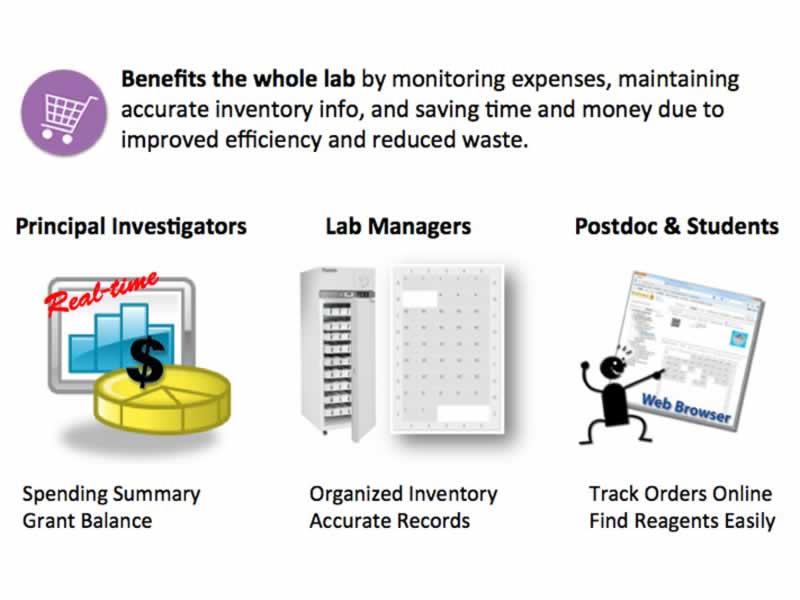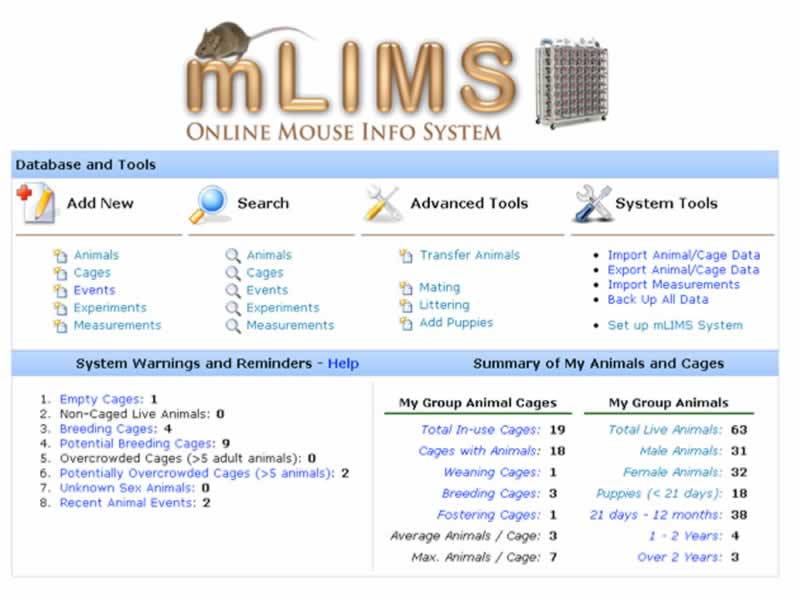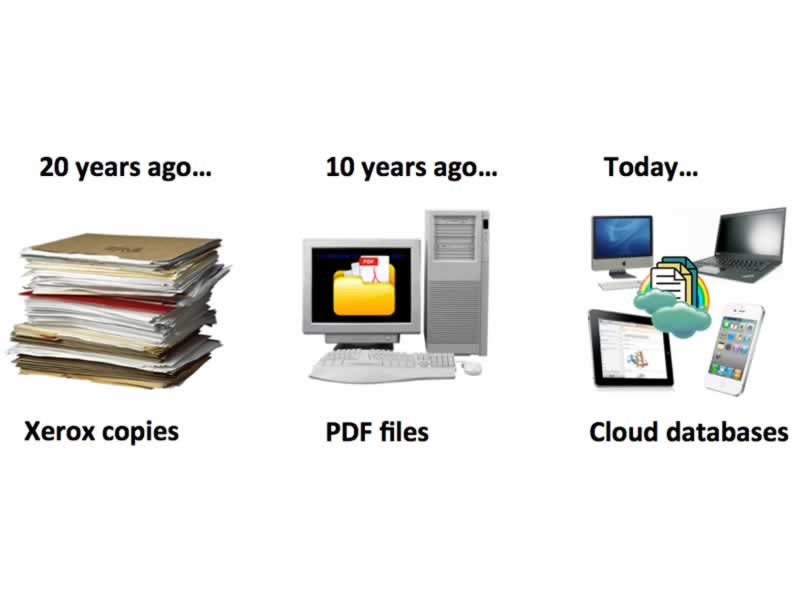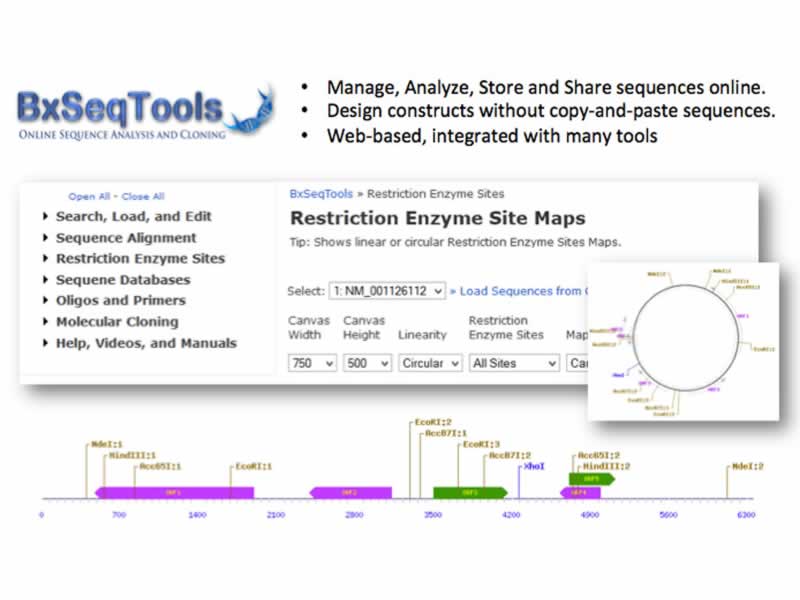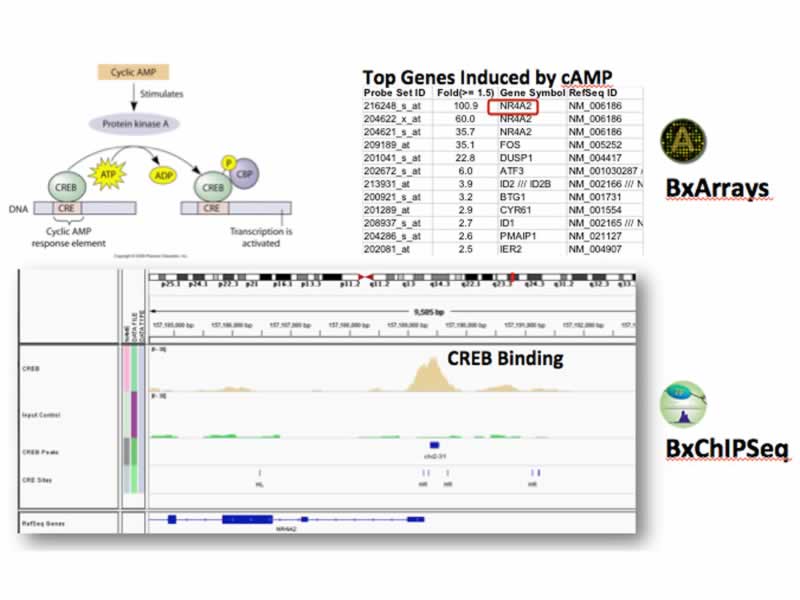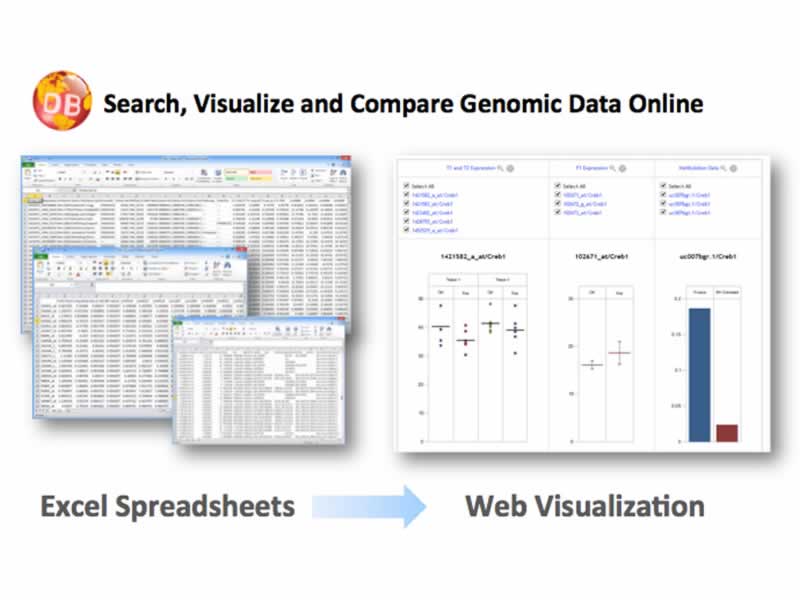Overview
Improve lab efficiency, move faster from data to publication
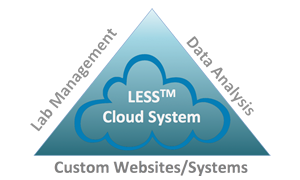
- (BxInventory) Review grant balance and spending summary
- (BxInventory) Manage inventory cost, avoid duplicate orders or expired reagents
- (mLIMS) Save time and reduce animal care cost by tracking info online
- (BxLiterature) Collaborate on paper collections and store PDFs online
- (BxSeqTools) Web-based Molecular Cloning
- (BxChIPSeq) Process genomic data quickly to get easy-to-understand results
- (BxGenomicDB) Search and visualize omics data online to gain biological insights

The rapid and accelerating pace of change in science today demands researchers to be able to generate, process and share huge amounts of information. Unfortunately, most scientists still rely on old and inefficient ways to manage their research, which causes many issues:
The High Cost of Inefficient Data Management
- Loss of data and key information
- Wasting time and money
- Delayed publications
- Loss of funding opportunities
Example Solutions
Cloud-based information management technology like LESS can greatly benefit scientific research.
On a daily basis, the lab manager Donna and all other lab members use BxInventory (a LESS module) to facilitate item acquisition, storage and reporting. It saves time, minimizes paperwork, and provides accurate information online 24/7.
When Postdoc Jim needs samples or reagents for an experiment, he knows the exact location and stock level, and no experiments are delayed due to missing reagents. Donna and Dr. Bob can review grant balance and spending summary by logging into the system any time.
Dr. Bob’s lab uses mice in their research. Donna and the animal technician Amy use mLIMS (a LESS module) to manage their mouse colonies. Donna was able to identify and remove unused or unwanted animals, thus keep the colony at the right size to save a few thousand dollars on cage charges each year.
Graduate student Alan used to forget to wean his animals often, but with the email reminders from mLIMS, Alan now performs tagging, weaning and genotyping on time. Next year when Alan graduates, it will be easy to pass his colony to someone else because all the current and historical information is readily accessible in the system.
All lab members uses BxLiterature (a LESS module) to organize, read, share and cite scientific research papers.
When Dr. Bob and Jim need to work on a grant application together, they share a common collection of references online and each can contribute to it. When the draft is finished, Dr. Bob uses the Word plugin from BxLiterature to format the bibliography.
Like most molecular biology labs, researchers in Dr. Bob’s lab perform a lot of cloning and the lab has many plasmid constructs. The lab uses BxSeqTools (a LESS analysis module) for routine sequence retrieval, analysis, sharing, and molecular cloning work. This innovative system automates tedious sequence analysis and molecular cloning work, and helps the lab save time and focus on research.
BxSeqTools allows all lab members to review detailed construct and primer information (e.g., annotated sequences) at any time. With highly integrated and automated tools, there is no need to manually copy-and-paste sequences. This greatly reduces errors in molecular cloning work.
John, the senior postdoc in the lab, recently generated gene profiling and ChIP-Seq data to validate the hypothesis that transcription factor X is critical for cholesterol synthesis.
Using BxArrays (a LESS analysis module) to process the Affymetrix array data, he found that many genes involved in cholesterol synthesis are down regulated when factor X is knocked down by RNAi. He processed his ChIP-Seq data quickly with BxChIPSeq (another LESS analysis module), and he demonstrated that factor X indeed occupies the promoters of many of these genes, and he was able to find a putative DNA binding motif for factor X.
The genomic data, together with the animal data John has collected before, make a very nice story and it is published in the journal Nature. For the publication, Dr. Bob and John built an online database website using BxGenomicDB to accompany the publication. The genomic data is easily searchable and visualized on the website, and they get hundreds of visitors every day. This website helped promote their research, and the lab has already set up a few new collaborations and secured future funding to follow up with the research.
